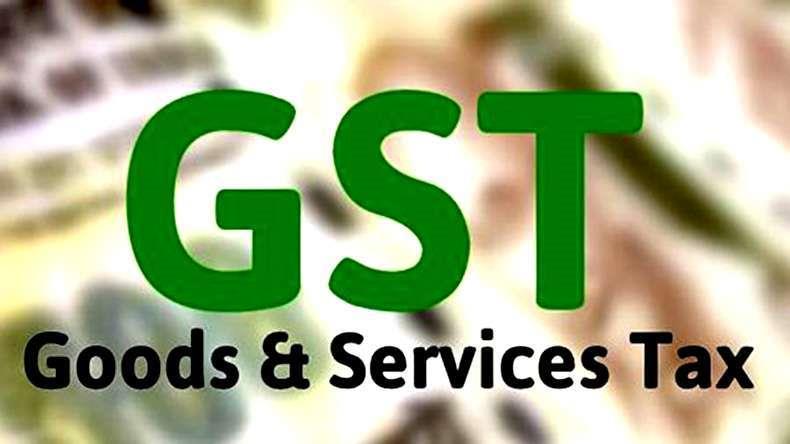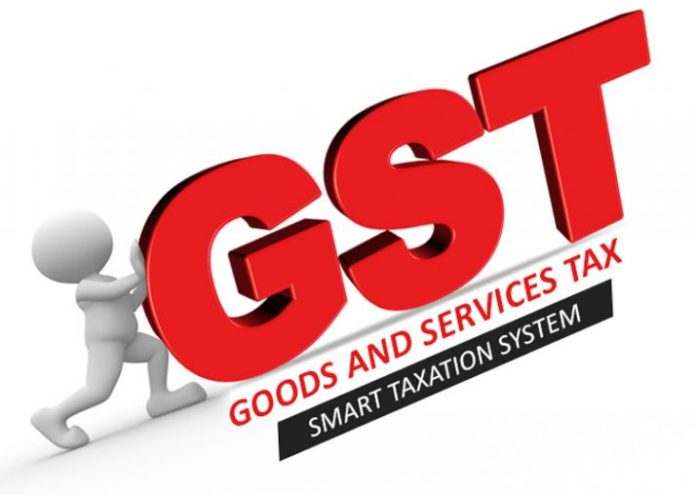Capital contribution and its need for the business initiation
Capital contribution role:
Capital contribution is playing the essential part in the initiation of starting an enterprise. GST registration is not enforcing anything in the business proceedings. An enterprise needs two types of capitals. Fixed capital and working capital is required to carry out its day to day operations. Working capital management is one of the most important aspects of overall financial management and corporate management in an enterprise. This aspect is considered as the backbone of every business. Success and failure of a business-firm largely depends on it. Adequate funds must be available at the cheapest cost and working capital level must be at the lowest level.
Capital contribution with asset:
Current assets are referred to as assets which can normally be converted into cash within one year. Therefore investment in current asset should be just adequate, no more-no less to the needs of the business. Excessive investment need to face the GST filing issues in future. Extra investment in current asset should avoid, because it impairs firm’s profitability, as idle investment in current assets are non-productive and so they earn nothing. On the other hand, inadequate amount of working capital can threaten solvency of the firm, if it fails to meet the current obligations. In the business world asset and liability process is the most confusing one.

Asset Vs liability:
Current asset should be sufficiently in excess of current liabilities to constitute a margin or buffer for maturing obligation within the ordinary operating cycle of a business. In order to protect their interest, short term creditors always like a company which maintains current asset at a higher level than current liabilities. Working capital is an integral part of operating a business. Although the assets employed are not productive they help in process of production and the selling commodity comes with the GST return filing. On the other hand, huge amount is blocked in the financing which has a cost. Receivables constitute a substantial portion of current assets in many organizations.
Capital contribution with cash sales:
Cash sales are often risk less sales but the introduction of the GST registration and filing is making this process even more complications. Especially in credit sales since the payment is due there is the risk attached with regard to the time of payment and the amount of payment. In India, the ratio of debtors to current assets is somewhere around 33%, so receivables and debtors amount to blocking of funds, which could have otherwise been used in production. Working capital is an amount fund that is required to carry out the day to day operation of an enterprise. It can be a small or big enterprise. A portion of total enterprise’s total capital which is employed in short term operations is a noticing factor.

Networking capital:
Working capital is some time called as networking capital. It is the exact representation of excessive current asset over the current liabilities. More than that, it identifies the relatively liquid portion of total capital amount of the enterprise. As a capital contribution it constitutes a margin of buffer for maturing obligations which the ordinary operating cycle of the business. GST return filing is monitoring under very close process is just not an ignorable process. For every firm there is a minimum amount of networking capital which is permanent in nature. Therefore, a portion of working capital should be benefit with the permanent source of funds such as owner’s capital, debentures, long-term debts, preference capital or retained earnings.
Capital contribution as a basic need:
First of all the need for working capital to run the day-to-day business activities cannot be over-emphasized. We will hardly find a business firm that does not require any amount of working capital. Indeed firms differ in their requirement of the working capital. GST registration process is specially contribute the step by step disclose of the purchase and sale. Equal and compromise section of the working capital needful one for the sustainable sale activity. It is the common operating cycle of GST.

Division of total working capital:
Regular or fixed working capital and variable working capital are the two major kinds following in the division of working capital. In fact, investment is irreducible minimum and remains permanently sunk in the enterprise. Volume of the business is monitoring through the GST filing. The same to be approving through the purchaser side is the major thing. The gross concept of working capital has own merits and limitations. Purpose view is playing the major role in this business initiation. Capital is the strong base plan before it executing in business.
Capital contribution management:
Every enterprise requires certain amount of cash to meet the day to day needs for complete their business obligation. Hence, the enterprise needs to decide carefully how much should be carried in cash. GST registration and filing has the great stop for the liquid transaction without the mentioning of the business proceedings. Management of cash between two contradictory objectives of meeting the cash disbursement need and minimizing the amount locked up as cash balance. Controlling cash flow and other flow is a complex process.
Financial statement:
Two basic statements are coming under the category of the financial statement. Profit and loss account, Balance sheet are the basic things coming under this financial statement. Return of investment and profit and loss management are the basic categories coming under the business initiation. GST filing is crossly taking as the major proof for the showcase of the above mentioning statements. The earning capacity and potentiality of the business is standing with the capital contribution.
Conclusion:
GST registration is now an essential thing for the business promotion and other transaction process following in the mode of business undertaking. Each component of business is essential one. As the business progress Good management of business always take its essential care on the legal compliance. GST registration is one of the crucial steps following in this secure progress. Now it is a basic process and the CGST, SGST and IGST are the crucial section following in the tax collection division.

Note:
Solubilis is the leading GST registration consultancy functioning in Coimbatore, Bangalore, Chennai, Hyderabad, Cochin, Tirupur, Erode, Salem, Karur, Madurai and Trichy. Company registration, Trademark registration, ISO certification and consultancy, barcode registration, legal metrology certification and industrial design registration are the major registration proceedings are following in the registration process. For more details just click here.



